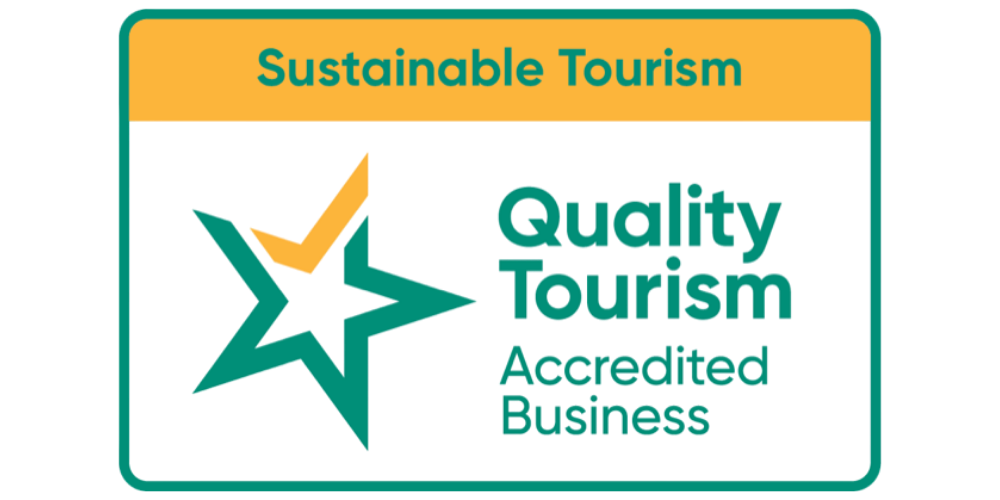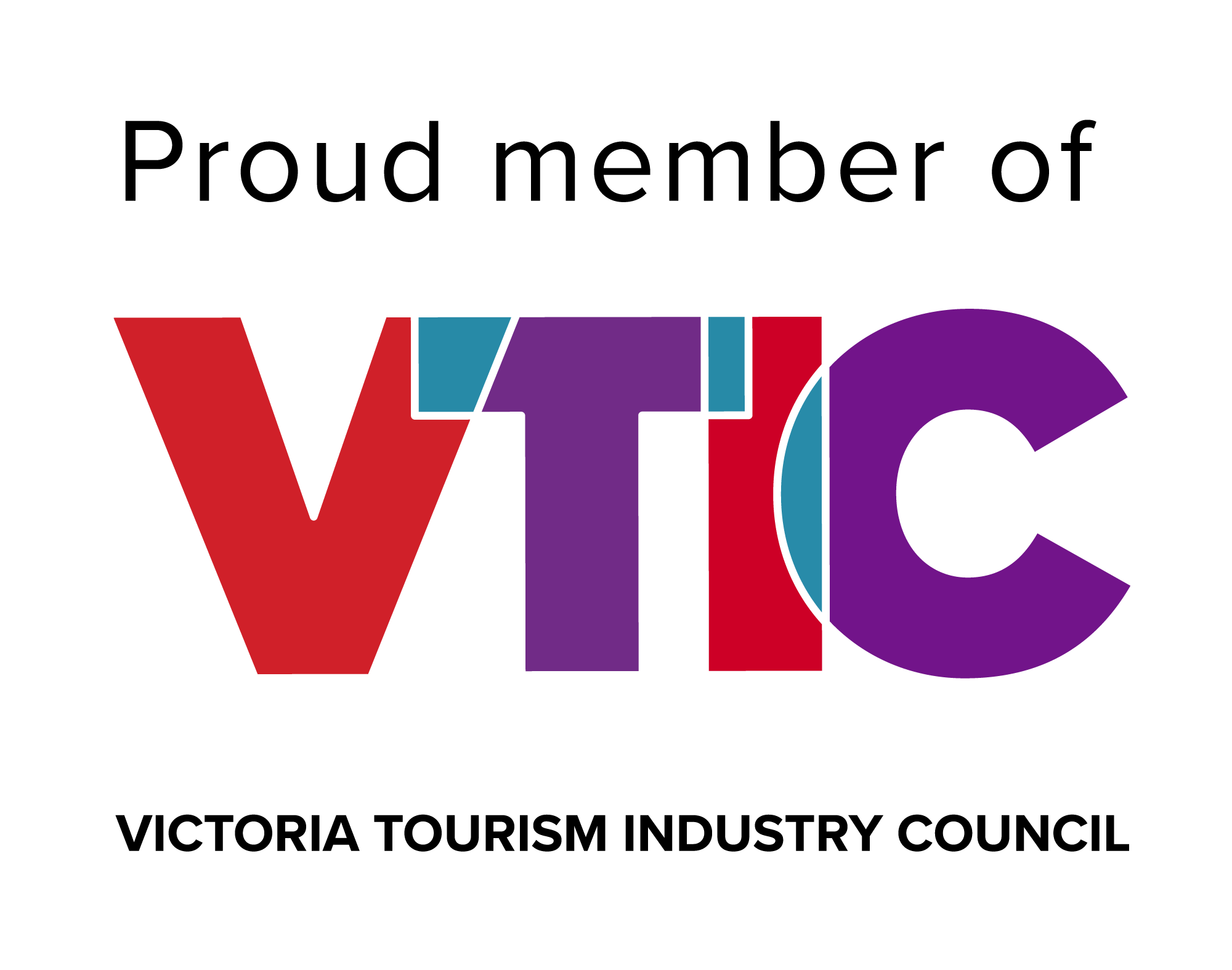How Much Does 10–14 Days in Japan Cost (2025): Realistic Daily Budget + JR Pass vs Tickets
Ramen, ryokan, and rail perfection—Japan is wildly doable without melting your credit card. Here’s a clean, 2025-ready budget guide with three spend levels, total trip estimates for 10 and 14 days, and the fast way to decide JR Pass vs point-to-point tickets.
If you’d prefer the polished, small-group version, check Icons of Japan — 10–14 Days of Temples, Trains & Tastes, or browse All Tours.

Quick Answer
-
Daily (per person, AUD):
-
Smart Saver: $150–$230
-
Comfort: $230–$380
-
Treat Yourself: $380–$700+
-
-
10 days total (pp): roughly $1,500–$7,000+ depending on tier and route.
-
14 days total (pp): roughly $2,200–$9,800+.
-
JR Pass vs tickets: If your trip is Tokyo → Kyoto → Osaka with maybe Hakone/Nara, point-to-point tickets usually win. Add Hiroshima and/or Kanazawa/Takayama and a regional or national pass can pay off.
(All figures are typical 2025 ranges in AUD. Your numbers vary with city mix, room type, season, and booking timing.)
The Three Realistic Spend Levels (per person, per day)
Smart Saver — $150–$230
-
Stay: Clean business hotel/hostel private or budget ryokan share ($70–$120)
-
Eat: Konbini breakfasts, ramen/udon/curry lunches, izakaya dinners ($30–$50)
-
Move: IC card + 1–2 intercity legs in the trip (avg $15–$30/day)
-
Do: 1–2 paid sights most days ($10–$20)
-
Misc: coffee, snacks, coin laundry ($5–$10)
Comfort — $230–$380 (most travellers here)
-
Stay: Mid-range hotel or simple ryokan twin ($140–$240)
-
Eat: Mix of casual + one “nice” meal every couple of days ($50–$90)
-
Move: IC card + several intercity hops / regional pass as needed ($25–$45/day)
-
Do: 2–3 sights/experiences (tea ceremony, museum, garden lights) ($20–$40)
-
Misc: pastries/coffee/souvenirs ($10–$20)
Treat Yourself — $380–$700+
-
Stay: Design hotel/onsen ryokan with dinner & breakfast ($260–$500+)
-
Eat: Tasting menus, sushi counters, cocktail bars ($90–$180)
-
Move: Green-car seats / luggage forwarding / taxis for late nights ($35–$60/day)
-
Do: Premium experiences (private guides, studios, sumo/teahouse events) ($40–$80+)
-
Misc: shopping, spa, photo sessions ($15–$40+)
Solo vs twin: Solo rooms can add 20–40% over “per person” twin pricing.
10-Day vs 14-Day Trip Totals (what people actually spend)
10 Days (pp):
-
Smart Saver $1,500–$2,300
-
Comfort $2,300–$3,800
-
Treat Yourself $3,800–$7,000+
14 Days (pp):
-
Smart Saver $2,200–$3,200
-
Comfort $3,200–$5,300
-
Treat Yourself $5,300–$9,800+
These totals assume a classic Tokyo–Hakone–Kyoto–Osaka arc (10 days) or that arc plus Kanazawa/Takayama and Hiroshima/Miyajima (14 days), with paid entries most days and a few stand-out meals.
JR Pass vs Point-to-Point: the 60-Second Decision
Point-to-Point Tickets win when…
-
Route is Tokyo → (Hakone/Odawara) → Kyoto → Osaka with day trips to Nara/Uji.
-
You’re not bouncing back to Tokyo or adding very long hops.
-
You want flexibility to mix shinkansen + limited express + local lines without a lump-sum pass.
A Regional/National JR Pass can pay off when…
-
You’re adding Hiroshima/Miyajima and either Kanazawa or Takayama in the same window.
-
You value reserved seats on multiple long legs and want hop-on peace of mind.
-
You’re doing a round trip to/from Tokyo with several long shinkansen segments.
Hybrid hack: Many travellers save more with one regional pass (e.g., Kansai/Hokuriku or Sanyo-San’in) plus a couple of single tickets, instead of a big national pass.

Sample “Fare Basket” (rough, but helpful)
Think in long-leg chunks (AUD, typical ranges):
-
Tokyo → Kyoto/Osaka (shinkansen, reserved): $140–$170 one-way
-
Kyoto → Hiroshima (shinkansen): $120–$150
-
Hiroshima → Osaka (shinkansen): $90–$120
-
Tokyo → Kanazawa (limited express/shinkansen): $120–$150
-
Tokyo ↔ Hakone area (local/limited express mix): $25–$60 each way
Add your chosen legs, compare to the pass you’re eyeing, and don’t forget seat reservations if you’re travelling in blossom/foliage peaks.
Big Cost Drivers (and how to steer them)
-
Season: Spring blossoms & autumn foliage = higher stays. Book earlier or stay one stop outside hot zones.
-
Stays: Business hotels are the stealth MVP—clean, central, sensibly priced.
-
Food: Japan’s “cheap eats” are delicious. Swap one fancy dinner for two excellent casual meals and you’ll never feel deprived.
-
Luggage: Takkyubin (luggage forwarding) is worth every dollar on longer arcs and saves taxi spend.
-
Experiences: Prioritise 3–5 “must-do” paid activities; fill the rest with Japan’s many free beauties (gardens, shrines, neighbourhood wanders).
Where to Spend (joy multipliers)
-
One onsen ryokan night (dinner + breakfast included) in Hakone or the Kyoto countryside.
-
Green-car upgrade for a single long shinkansen leg (quiet, comfy, very Japan).
-
Guided half-day in Kyoto or Tokyo: shortcuts, stories, and zero navigational faff.
Where to Save (without feeling it)
-
Breakfast: konbini + bakery = elite fuel, low cost.
-
Views: free city lookouts & riversides beat pricey towers most days.
-
Transit: walk more—Japan is built for it.
-
Room type: compact doubles over larger twins if you pack light.
Booking Windows (so prices don’t run away)
-
Spring (late Mar–Apr) & Autumn (late Oct–Nov): lock stays 4–10 weeks out; key restaurants/experiences earlier.
-
Winter/Summer: more flex, but book intercity trains and any special events when schedules open.
FAQs
Is cash still a thing?
Cards are common, but cash remains useful at small shops and shrines. ATMs in convenience stores and banks are easy.
Do I need to tip?
No—genuine thanks is perfect. Some high-end places add a service charge.
How much data should I buy?
For maps, messaging, and light socials: 3–5 GB/week per person. Heavy video? Double it.
Can I do Japan on $150/day?
Yes—if you share rooms, eat casual, walk lots, and keep intercity hops modest.
Ready to put numbers into memories?
If a guided, low-fuss version sounds ideal, check dates for Icons of Japan — 10–14 Days of Temples, Trains & Tastes. Or keep exploring All Tours while you sip something matcha-coloured and dream up your perfect route.




